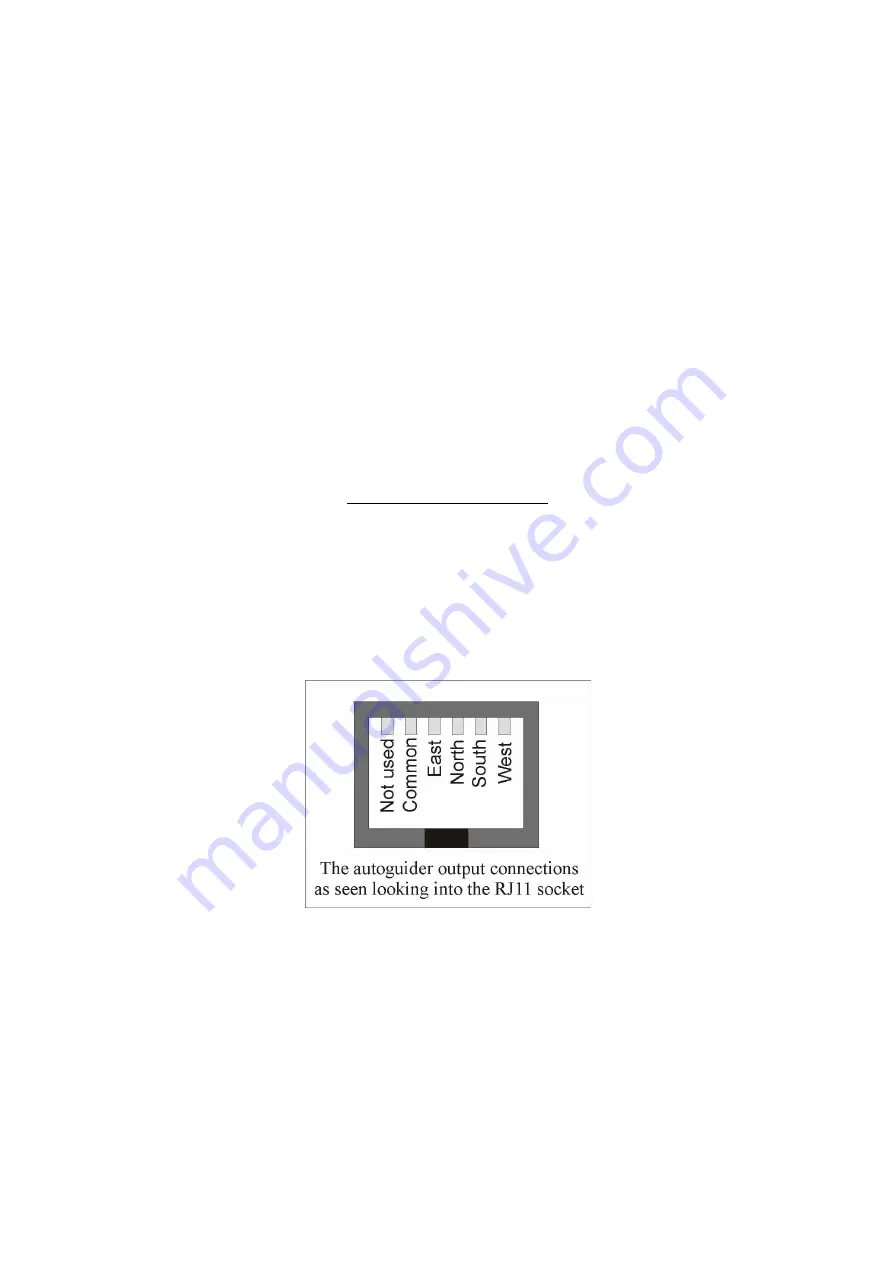
Handbook for the TRIUS PRO 694 Issue 19th April 2019
16
peaking at around 20,000 is ideal. Averaging flat fields together is a good way to
reduce their noise contribution and so recording 4, or more, images is a good idea.
To use your flat fields, they must first have a dark frame subtracted. Although this
may appear to be unimportant with such brightly lit and short exposures, there is the
‘bias offset’ of the camera in each image and this can produce an error in the final
correction. As we are mainly interested in the bias, any very short exposure dark
frame will give a good result. The dark subtracted images should then be averaged
together before use.
After the above procedures have been executed, the flat field will be ready for use.
Load up your image for processing, subtract the dark frame and then select ‘Apply
flat field’ in the ‘Merge’ menu. The result should be an image with very few signs of
the original artefacts and you can then process it in the normal way.
*********************************************************************
The TRIUS-PRO guider port
The TRIUS-PRO is provided with a guide port for use with ST4 compatible mounts.
The Autoguider output port is a 6 way RJ11 socket, which is compatible with the
standard autoguider input of most telescope mounts. It provides 4 active-low opto-
isolator outputs and a common return line, capable of sinking a minimum of 5mA per
output. This socket may be used for telescope control if the TRIUS-PRO is employed
as an autoguider.
*********************************************************************
CCD alignment:
The front plate of the TRIUS-PRO is attached via three tip-tilt screws and locking
screws. It floats on a 2.5mm thick nitrile rubber ring, which provides a light-tight seal
and a degree of ‘spring action’ to keep the screws from becoming loose. The
assembly allows the user to adjust the relationship between the focal plane of the
telescope and the CCD image surface, which should be parallel to each other. If your
telescope is accurately collimated, but still shows distorted stars towards one edge if
the images, then the CCD may not be orthogonal to the focal plane and some







































